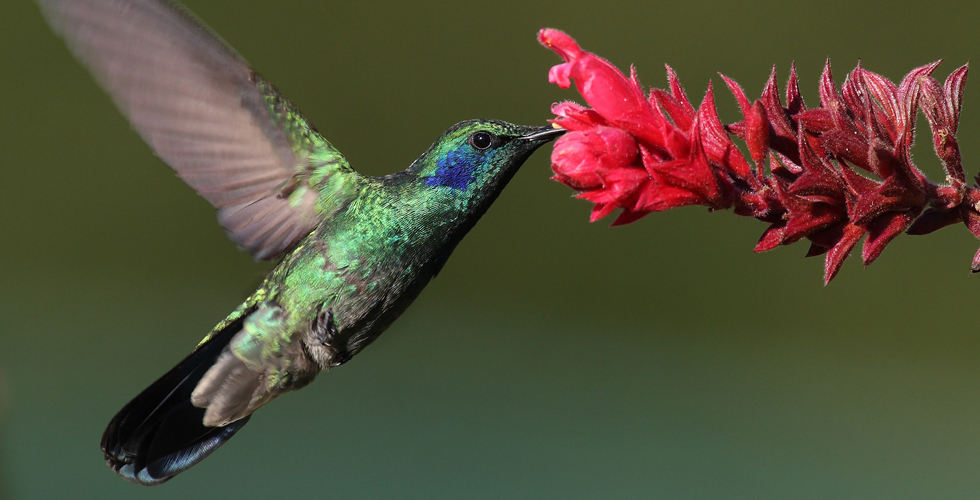Sucking Up To Survive

WASHINGTON (ISNS) -- Shrink a human being down to the size of an insect, and you would no longer be able to sip lemonade from a straw. The forces that hold liquid together would simply be too great to overcome at that tiny scale.
Many of nature's smallest creatures sport special anatomical parts that allow them to suck up their liquid nourishment. Others exert very little pressure at all, relying on siphons that draw out fluid with minimal effort. During a recent fluid dynamics meeting, scientists identified several animals that rely entirely on the slight pressure differences of siphons to transfer liquids -- their main food source -- into their bodies.
Inside a mosquito head
When a mosquito bites into your epidermis, it's always an adult female causing the damage. Female mosquitoes need the protein and iron found in blood in order to produce eggs, and are capable of extracting more than three times their original body weight in blood.
Sang Joon Lee of the Pohang University of Science and Technology in South Korea said that feeding takes place in four stages. First, the mosquito lands and inserts its bayonet-shaped stylet into the victim. Then the optimum penetration depth is determined and extraction occurs and the mosquito straightens her forelegs, retracting the stylet.
A few theoretical studies of this sequence have been made before, but detailed information about how blood actually flows from a host into a mosquito has been lacking. Lee's study examined the inside of the mosquitoes' head to measure the exact flow produced by two sets of pumps that alternate back and forth like the rhythm of a mammalian heart. Lee is the first to summarize this coordinated action, which maximizes the sucking force and regulates the movement of the blood into the insect's digestive organs.
The hummingbird's origami tongue
Hummingbird’s hovering and darting movements impose a huge metabolic burden. John Bush from the Massachusetts Institute of Technology in Cambridge, Mass., argues that the crucial element of the bird’s nectar-collection system is its tongue. The average hummingbird's tongue is a little less than an inch long, twice as long as the beak.
When dipped into nectar, the tongue wraps into a cylindrical straw shape which acts as a siphon. Nectar rises quickly up the column via capillary action -- the same force that draws liquid across a paper towel -- allowing the bird to fill its tongue up to 20 times per second. After each dip the nectar is scraped free and swallowed.
Bush's computer models, the first to analyze the mechanics of this process in detail, revealed the wrapping-up of the tongue as a sort of "capillary origami" that requires little effort on the part of the bird. The tongue folds due to surface-tension forces that draw together the self-assembling siphon.
"Most drinking strategies in nature have or eventually will have industrial analogues," Bush said.
Butterflies and paper towels
A butterfly's proboscis looks like a straw -- long, slender, and used for sipping -- but it works more like a paper towel, according to Konstantin Kornev from Clemson University in S.C. He hopes to borrow the tricks of this piece of insect anatomy to make small probes that can sample the fluid inside of cells.
Liquids appear thicker and resist suction in the butterfly's small scale world. The insect's food -- water, animal fluids, fruit juices -- have dramatically varying viscosity levels. Enormous amounts of pressure would be required to move the liquids if the insects relied on a pumping system to feed.
"No pump would support that kind of pressure," Kornev said. "The liquid would boil spontaneously."
Kornev's findings suggest that instead of pumping, butterflies draw liquid upwards using capillary action. The proboscis resembles a rolled-up paper towel, with tiny grooves that pull the liquid upwards along the edges, carrying along the bead of liquid in the middle of the tube.
Kornev was recently awarded a grant from the National Science Foundation to develop artificial probes made of nanofibers that use a similar principal to draw out the viscous liquid inside cells and examine their contents.

